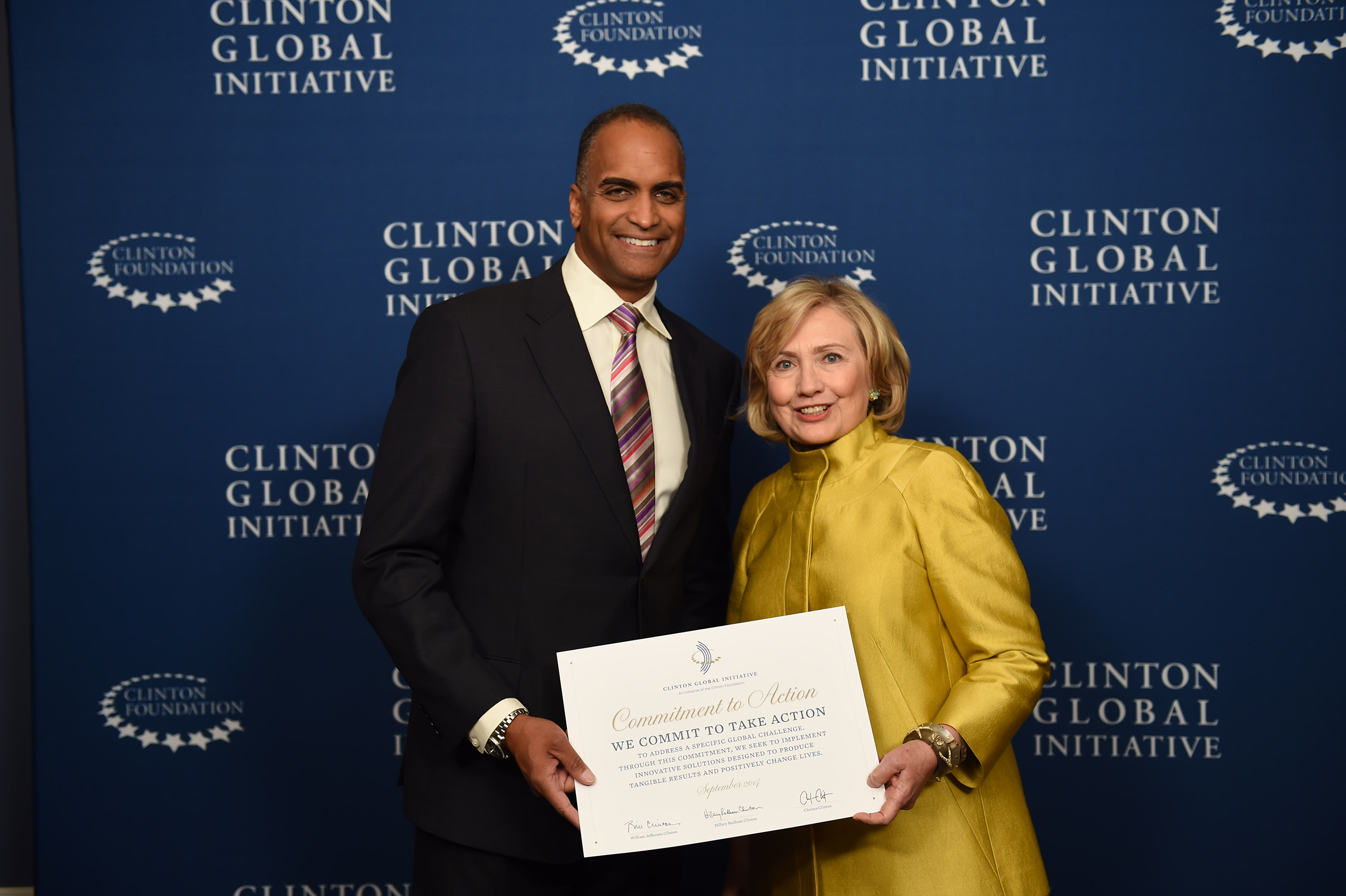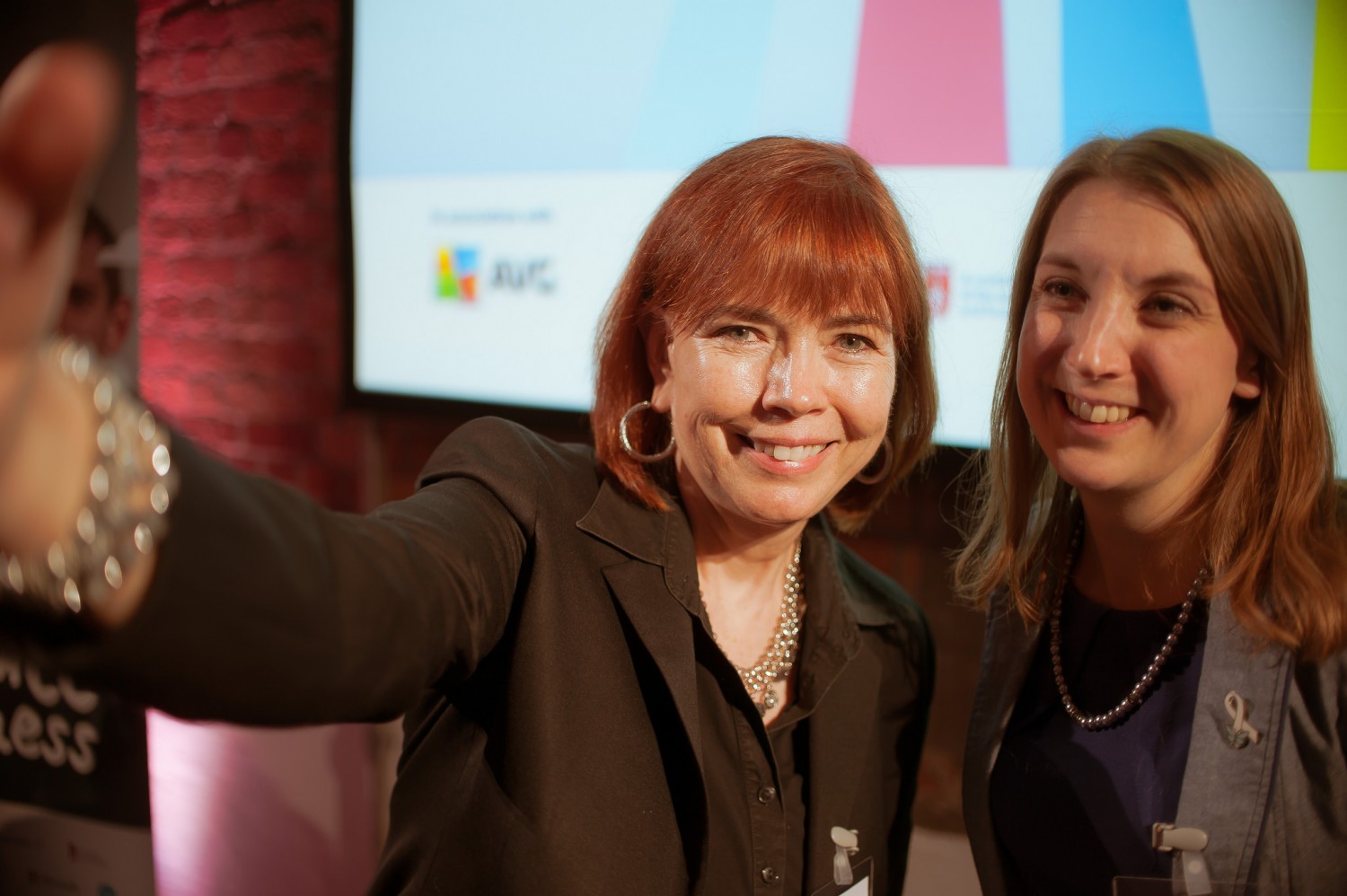Factor in the booming Internet of Things and researchers estimate there will be 50 billion connected devices in the market by 2020! These are big numbers with big implications for the tech industry and our customers.
When you break it down, it means every day millions of new users will get their first smartphone or tablet, or change to a new device, or add other connected digital device such as wearables, activity monitors, health apps, and even their cars…and be coming online with all the data that goes with them. These aren’t just faceless people, but our nephews, nieces, children and grandchildren.
Now, think about when you first came online. For many of us, we had the benefit of growing up with the Internet and were able to make mistakes and learn from them as we went along. The next two billion users won’t have that luxury. They are coming online in the age of the Social Internet of Things and will experience a much larger interconnected world. They will surely find great delight, but every mistake made could be broadcast to billions of people, along with increasing pitfalls and exponentially greater consequences.
Just think about the rise in teen and celebrity sexting scandals and over-disclosure, cyber-bulling, and the mounting security breaches at major banks and retailers putting millions of credit card users at risk.
The bottom line is that businesses have to earn the right to engage with the next two billion web users and that is achieved by earning their trust.
Global research we did with MEF Global Forum earlier this year also reinforces this point. We found that:
- 40% of mobile media users cited trust as a barrier to purchasing goods and services online via their mobile
- 65% said they were unhappy sharing personal information with apps.
At AVG with three million Facebook followers and 25,000-50,000 conversations happening daily – we also hear this echoed from our customers. Now magnify the concern consumers will have in a world where every smart connected device is sending our data to the Internet!
I explored the topic of “Building Trust for the Social Internet of Things,†at the MEF Global Forum event In San Francisco last week during a session and panel called, “Know thy Customer, Mastering the Consumer Experience.â€Â Our mission was to explore shifting consumer experiences and what it means to those of us in the industry and businesses.  I wanted to bring the perspective of what users want and need, and what it means from a mobile security, privacy and trust point of view.
We in the industry need to start planning now for the next two billion users. People need to know that they don’t have to give up their privacy every time they go online.  How do we make that experience all that it promises to be and develop their trust in our brands? How do we equip them for the Social Internet of Things?
Brands must adapt to address the concerns of a new and more connected audience and be willing to help build a future where it is as easy to be safe online as it is to connect a device to the net. People need to change as well. They need to prepare themselves for new technologies and an interconnected age of Digital Citizenship.
At AVG we envision a world of “smart users.†That’s why we recently started a Smart User Initiative as part of the Clinton Global Initiative.  Our goal is to increase the ratio of smart users to smartphones by teaching the next two billion Digital Citizens skills in how to engage in the digital world safely and securely in a way that protects them and others. And we’re putting out a call for partners– other brands, businesses, organizations, carriers, manufactures, and content producers – to join us on this mission.

You can read more about AVG’s Smart User Initiative in a blog by our CLO Harvey Anderson. His Op-Ed on this topic also appeared on Re/code recently.
Let’s strive to make the experience for the next two billion people coming online in the age of Social Internet of Things, more personal, trusted and the best it can possibly be…
![]()
![]()















